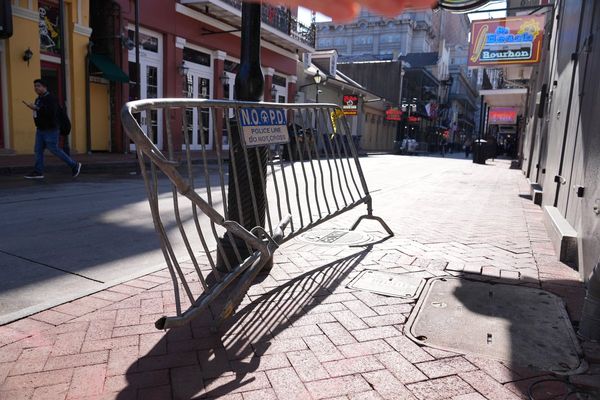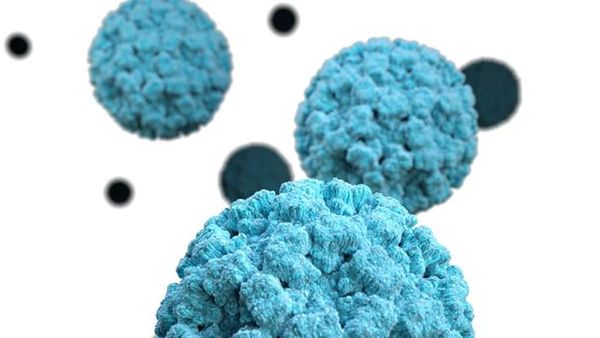
India has extended a 1% duty concession for gold imports from the United Arab Emirates (UAE) for up to 200 tonnes of inbound shipments under the comprehensive free trade pact signed on Friday.
“We are a major importer of gold and import about 800 tonnes of gold every year. We have given the UAE a tariff-rate quota (TRQ) of 200 tonnes. Tariff in perpetuity will be 1% less than whatever the tariff is charged from the rest of the world. So UAE has a 1% advantage in gold bars," commerce secretary BVR Subrahmanyam said in a briefing on Saturday. India imported about 70 tonnes of gold from the UAE in 2020-21. With the concession the duty on yellow metal import from the UAE will effectively be 9% instead of 10%.
With that, Dubai could replace Zurich as the biggest yellow metal exporter to India over time. Swiss city Zurich currently accounts for more than half of gold imports to India.
Commerce secretary told Mint that due to economies of scale, gold importers may prefer to buy more than 200 tonnes of gold from the UAE. “Dubai could compete with Zurich, which is where India’s half of gold comes from," he said.
Gold imports from Switzerland at $16.3 billion, accounted for almost half of India’s total yellow metal inbound shipments of $34.6 bn in 2020-21.
In return, India has got zero duty access to the UAE market. “Earlier, there was a 5% duty on Indian jewellery exports. This has gone down to zero…the UAE will now become a very big entry point for us to enter into the Middle East, North Africa and Central Asia. The jewellery sector is gung-ho," said the commerce secretary.
The pact comprises a negative list, which have been kept out of the tariff concessions in view of the sensitivities. Besides, most sectors where India is bringing a production linked incentive (PLI) to boost manufacturing domestically have also been kept out of the agreement. The other sectors in the negative list include dairy, fruits, vegetables, cereals, tea, coffee, sugar, footwear, dies, soaps, natural rubber, tyres, medical devices, plastics, auto manufacturing and auto components, toys, scrap of aluminium.
The pact is expected to come into effect from around the first week of May.
In order to prevent misuse of the CEPA, the agreement mandates 40% value addition on most goods, said the commerce secretary. It is aimed to prevent re-export of goods imported from other countries taking advantage of lower tariffs without value addition
Besides, the agreement also has in place a permanent safeguard mechanism for certain goods. For the first time the agreement covers government procurement and intellectual property and dispute mechanisms.
The agreement covers goods, services, rules of origin, trade facilitation, SPS -TBT and dispute settlement.
The bilateral agreement will initially give zero duty access to 90% of Indian products and 65% of products from UAE. Over a period of 10 years, 97% of Indian products will get zero-duty access to the UAE market and 90 per cent of UAE products would have duty free access to the Indian market, according to the Commerce secretary.
Subrahmanyam highlighted that for the first time India had included a chapter on digital trade in an FTA. “There will be a lot of harmonisation in regulatory standards on how you manage digital trade between India and UAE … We (India) are discussing digital trade or e-commerce with the European Union, Australia, the UK and Canada."
The chapter will have provisions regarding paperless trading, consumer protection, unsolicited commercial electronic messages, personal data protection, cross border flow of information and cooperation on digital products and also electronic payments.
The pact also focuses on expediting work on a dedicated investment zone for UAE companies and joint ventures, focusing on setting up a food corridor and establishing a dedicated India Mart in the Jebel Ali Free Zone.
India’s exports to the UAE grew by 77% year-on-year in April-December 2021 to $20 billion, accounting for 6.6% of India’s total outbound shipments.
“After the CEPA agreement, which will kick off at the beginning of May, we hope to touch $100 bn earlier rather than later. Out of the $30bn coming from UAE, only $15 bn petroleum products are involved currently," said Subrahmanyam.
The pact is estimated to create 10 lakh jobs. “CEPA will create a million jobs in the next five years in India. Plus the job creation in UAE will also help Indians there," said Commerce secretary.
As per a conservative estimate- over 2 lakh jobs will be created in textile and apparel, 1 lakh jobs in plastics products, said Subrahmanyam.







